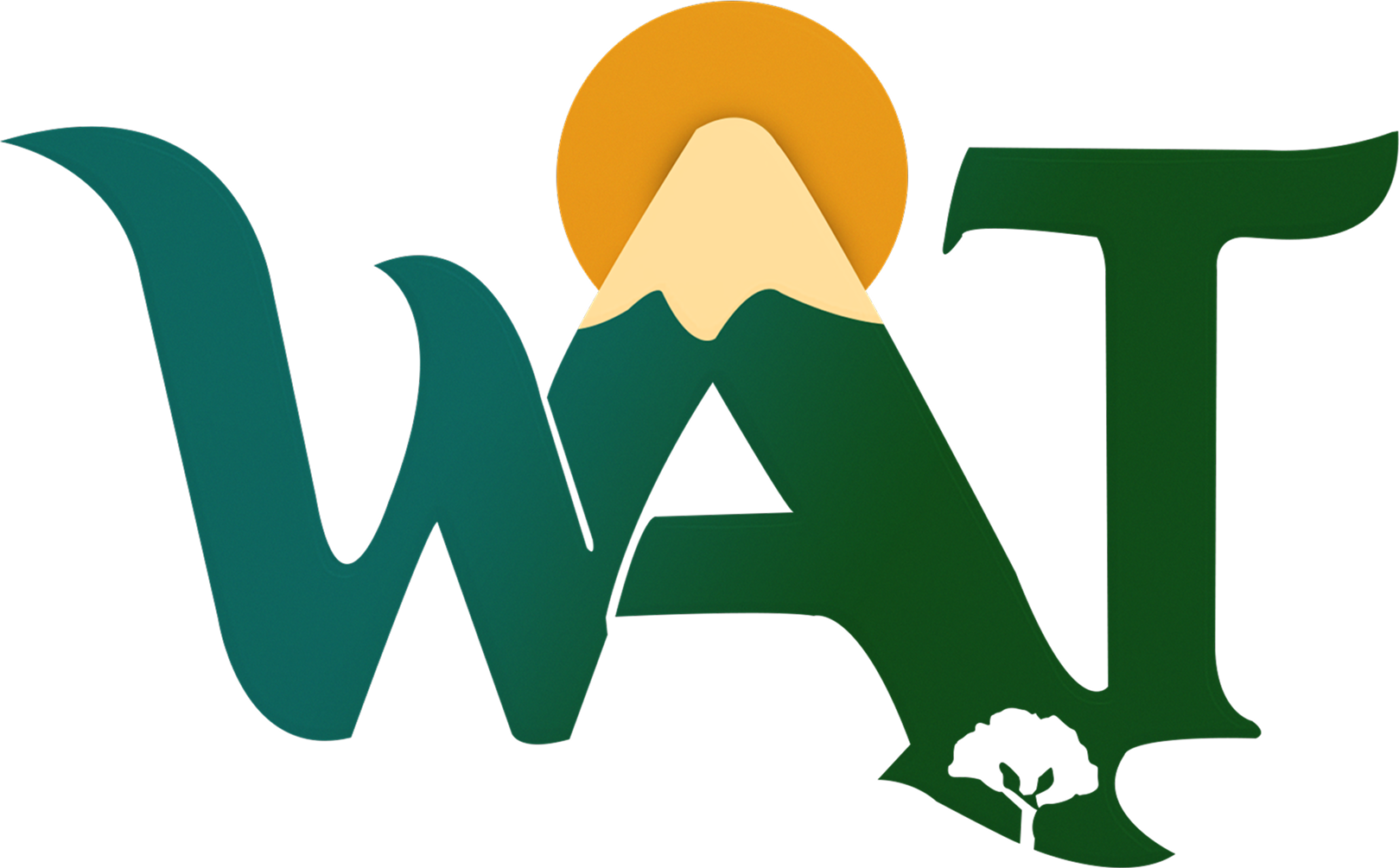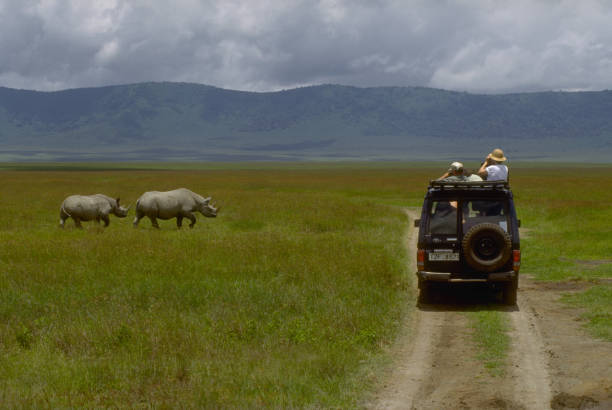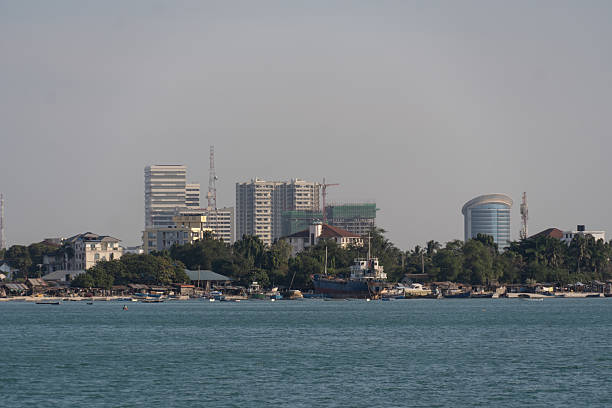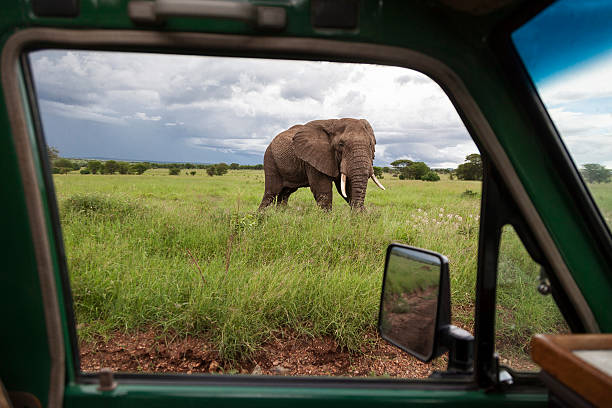Understanding the Kilimanjaro Climb Success Rate: Routes and Insights

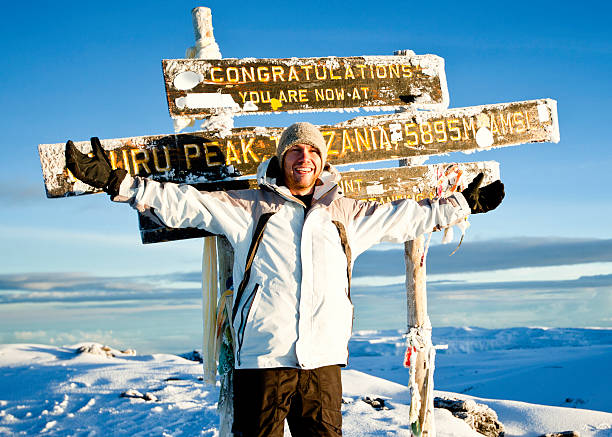
Embarking on an adventure to climb Mount Kilimanjaro is a dream for many.
Standing atop Uhuru Peak, the highest point in Africa, is an unparalleled achievement.
However, reaching the summit is not guaranteed. A crucial element to consider in your planning is the Kilimanjaro climb success rate.
This comprehensive guide explores the various factors that influence your chances of a successful summit.
We will delve into the different routes, the importance of acclimatization, and how choosing the right tour operator can make all the difference.
Understanding these elements is the first step toward a successful Kilimanjaro climb.
The journey to climb Kilimanjaro is an incredible undertaking, and being well-informed significantly boosts your success rate.
What Are the Odds of Reaching the Summit of Mount Kilimanjaro?
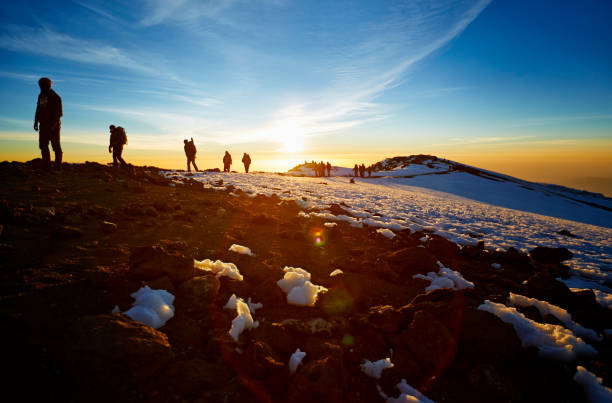
Mt Kilimanjaro route to the summit, a number of people climb the last stretch to the top
Many aspiring climbers ask about the probability of reaching the summit. The overall success rate for this incredible feat hovers between 70% and 80%.
This figure, however, is a broad average. The actual odds can fluctuate significantly, with the general success rate for climbing Mount Kilimanjaro being approximately 60% to 80%, depending on many factors.
Your personal chance of summit success can be substantially higher than the average success rate.
The journey to climb Kilimanjaro is as much about strategy as it is about endurance, and proper planning directly impacts your personal success rate.
Key Factors Influencing Kilimanjaro Success Rates
Achieving Kilimanjaro success is not a matter of luck. Several factors play a critical role in determining whether a climber reaches Uhuru Peak. Understanding these variables is essential for anyone planning to climb Kilimanjaro.
The most significant factors include the choice of climbing route, the number of days spent on the mountain, proper acclimatization strategies, personal physical and mental readiness, and the quality of your tour operator. Each element contributes to the overall summit success rate.
Failing to consider any of these can dramatically lower your chances of reaching the summit. A high success rate is a product of deliberate choices. Let's explore these critical components that define the Kilimanjaro success rates.
The Crucial Role of Acclimatization in Summit Success
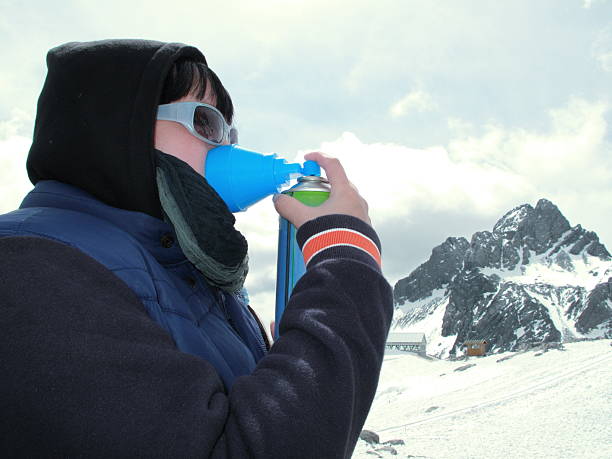
Altitude Sickness (Anoxia)
One of the greatest obstacles to a successful climb is not the terrain but the high altitude. Altitude sickness is a primary reason why many climbers fail to reach the Kilimanjaro summit.
Your body needs time to adjust to the lower oxygen levels at high altitude. This process is called altitude acclimatization. Rushing the ascent is the most common mistake climbers make, severely impacting their success rate.
A well-designed acclimatization plan is crucial. This is where the principle of "climb high, sleep low" becomes vital. The strategy involves ascending to a higher elevation during the day and descending to a lower altitude to sleep. This method significantly improves the average success rate.
Following the "climb high" principle allows your body to experience higher altitudes in short bursts, triggering the necessary physiological adaptations. When you "sleep low," you give your body a better chance to rest and recover, which is fundamental for achieving a high success rate.
Proper acclimatization is the single most effective way to improve your chances of summiting. A longer duration on the mountain increases the chances of acclimatization and summit success. This is why treks with more days consistently report a better success rate.
How Your Chosen Tour Operator Impacts Your Climb Kilimanjaro Journey
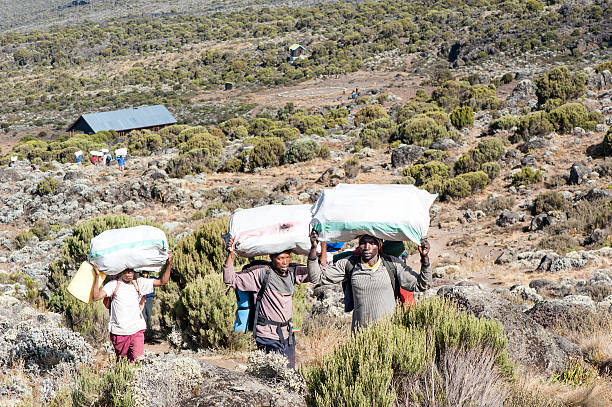
Porters climbing Mount Kilimanjaro
The decision of which tour operator to entrust with your journey is paramount.
Choosing a reputable trekking company is vital for ensuring your safety and dramatically increasing the likelihood of a successful summit. This choice directly influences your Kilimanjaro success.
Experienced guides and crew members significantly increase the chances of summit success. They are trained to monitor your health, set an appropriate pace ("pole, pole"), and make critical decisions regarding safety. A good guide can make or break your summit attempt.
A quality tour operator will provide proper equipment, including essential camping gear, and enforce strict safety protocols. They understand the physical demands of the trek and how to manage them for a better success rate.
Conversely, low quality operators often cut corners. This not only diminishes the enjoyment of your Kilimanjaro climb but also seriously jeopardizes your chances of reaching the summit. Avoid them to protect your investment and your health.
When researching, look for a tour operator with a proven track record of a high summit success rate.
A Deep Dive into Kilimanjaro Summit Success Rates by Route
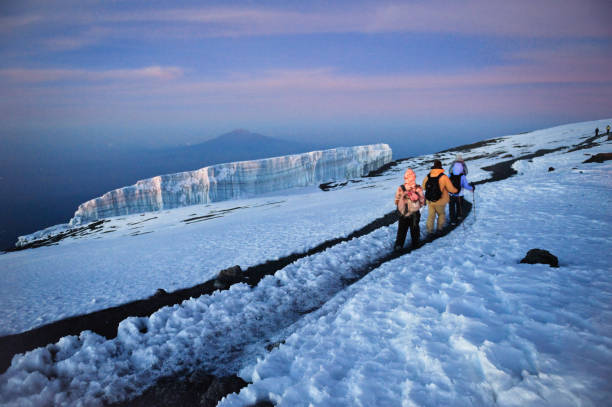
Hikers walking among high altitude glaciers as they make their way to the summit
Mount Kilimanjaro offers several routes to its majestic summit, each with unique characteristics and, most importantly, different Kilimanjaro summit success rates. The route you select is one of the most critical decisions you will make.
The Kilimanjaro National Park authorities oversee all treks, and data consistently shows that climbers have a higher chance of success when trekking on longer routes.
This extra time improves the success rate. The park authorities recommend choosing wisely. Let's compare the routes to help you climb Kilimanjaro successfully.
Kilimanjaro Routes at a Glance: A Comparison
To make an informed decision, it helps to see the key differences side-by-side. This table highlights how duration, scenery, and difficulty affect the success rate of each path up Mt Kilimanjaro.
| Route | Typical Duration | Reported Success Rate | Scenery & Key Features |
|---|---|---|---|
| Lemosho Route | 7–8 days | Very High (85%–95%) | Highly scenic with panoramic views, quiet start through the rain forest. |
| Machame Route | 6–7 days | High (70%–90%+) | "Whiskey Route," great acclimatization profile, very popular, beautiful vistas. |
| Northern Circuit | 9 days | Highest (85%–95%) | The longest route with 360-degree views; uncrowded and excellent for acclimatization. |
| Rongai Route | 6–7 days | Good (70%–85%) | Approaches from the north, often drier weather conditions, gentler initial ascent. |
| Marangu Route | 5–6 days | Moderate to Low (50%–85%) | "Coca-Cola Route," the only route with hut accommodation, can have a low success rate on the 5-day option. |
| Umbwe Route | 5–6 days | Low | The most challenging route; very steep, direct, and recommended for experts only. |
The Machame Route ("Whiskey Route"): A Popular Path to Success
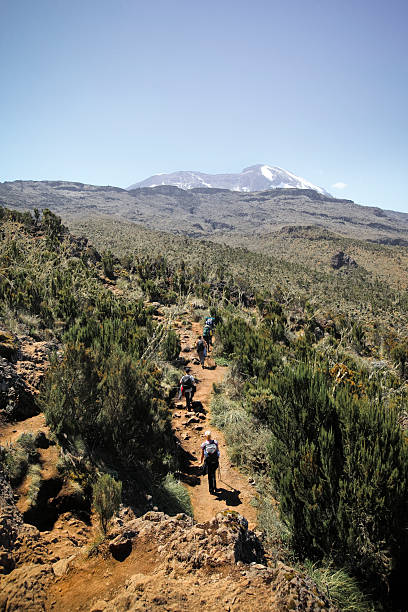
Trekkers on the Machame Route walking under the summit of Mt. Kilimanjaro
The Machame route, often nicknamed the "Whiskey Route," is one of the most popular choices for those looking to climb Kilimanjaro. It offers a fantastic landscape.
Its reputation is built on an excellent acclimatization profile, which contributes to a high summit success rate. The Machame route naturally follows the "climb high, sleep low" principle.
This popular route has a reported success rate of around 70% to over 90%. The 7-day option on the Machame route is highly recommended as the extra day significantly boosts the success rate.
Options on the Machame Route include both 6-day and 7-day itineraries, but the longer one improves the average success rate. The success rate of approximately 95% is often cited for the 7-day version.
The Lemosho Route: Scenic Beauty and Excellent Summit Success
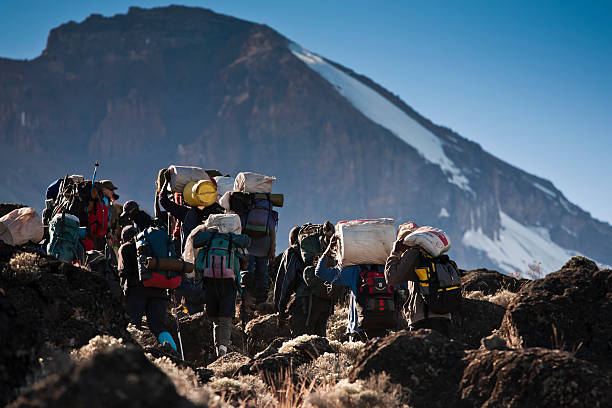
Hikers and porters above shira Camp Two on Lemosho Route
For those who prioritize scenic beauty and a high chance of summit success, the Lemosho route is an outstanding choice. It is widely considered one of the most beautiful routes on Mt Kilimanjaro.
Beginning on the south-west side, the Lemosho route offers panoramic vistas and a tranquil journey.
The Lemosho route success rate is among the highest, ranging from 85% to 90%, and can reach a success rate of around 95% on longer treks.
Treks on the Lemosho route can last for 7 or 8 days. This extended duration provides ample time for acclimatization, which is key to reaching the summit. The 7-day Lemosho route offers a high success rate.
The Northern Circuit: The Longest Route with the Highest Kilimanjaro Success Rate
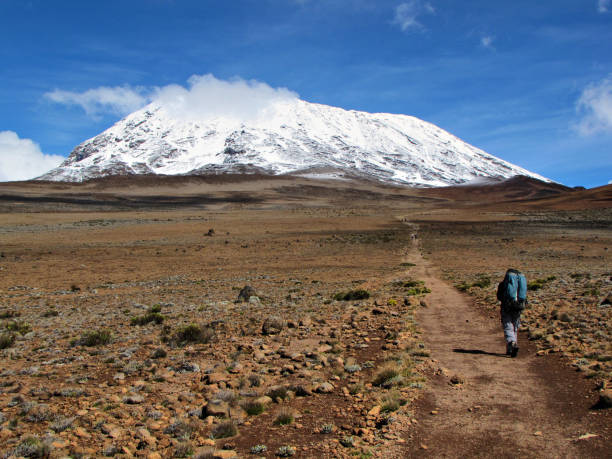
View of Kibo Peak from Pofu Buffalo Camp, Northern Circuit
If maximizing your chance of summit success is your top priority, look no further than the Northern Circuit.
As the longest route on Mount Kilimanjaro, it offers the best acclimatization and the highest success rate.
This path circumnavigates the quieter northern slopes. The Northern Circuit is the longest route, taking 9 days to complete.
This extended timeframe is the primary reason for its exceptional Northern Circuit success rate, which ranges from 85% to 95%. This average success rate makes it a top choice.
The Rongai Route: A Unique Approach and Good Success Rate
The Rongai route is unique as it is the only one approaching Uhuru Peak from the north.
The Rongai route success rate is quite good, approximately 70% to 85% for its 6-day and 7-day itineraries. An average summit success rate of 90% is often reported by top operators.
To achieve this higher success rate, the 7-day version of the Rongai route is highly recommended.
This route has a great success rate for its length. The Rongai route is a fantastic option.
The Marangu Route Success Rate ("Coca-Cola Route")

Mount Kilimanjaro as viewed on way to Kibo Hut from Marangu Route
The Marangu route is the oldest path to climb Mount Kilimanjaro. It is the only route offering hut accommodation. Climbers sleep in dorms, like at the famous School Hut.
The Marangu route success rate has historically been lower, often below 60%. This is because many attempt it on its shortest route of five days, which allows for poor acclimatization and a very low success rate.
However, the success rate can be about 85% if climbers opt for the 6-day itinerary which includes an essential acclimatization day. This choice on the Marangu route is absolutely critical for summit success.
Other Routes: Umbwe and the Southern Circuit
Beyond the main paths, there are other routes.
The Umbwe route is the shortest route and most direct, making it an extremely challenging route. Due to its rapid ascent, the Umbwe route has a low success rate and is only for experienced, physically elite trekkers.
Trekkers may also hear of the Southern Circuit, a path that combines elements of various southern routes like Lemosho and Machame. The Umbwe route remains the most challenging route available.
Your Guide to a Successful Kilimanjaro Climb
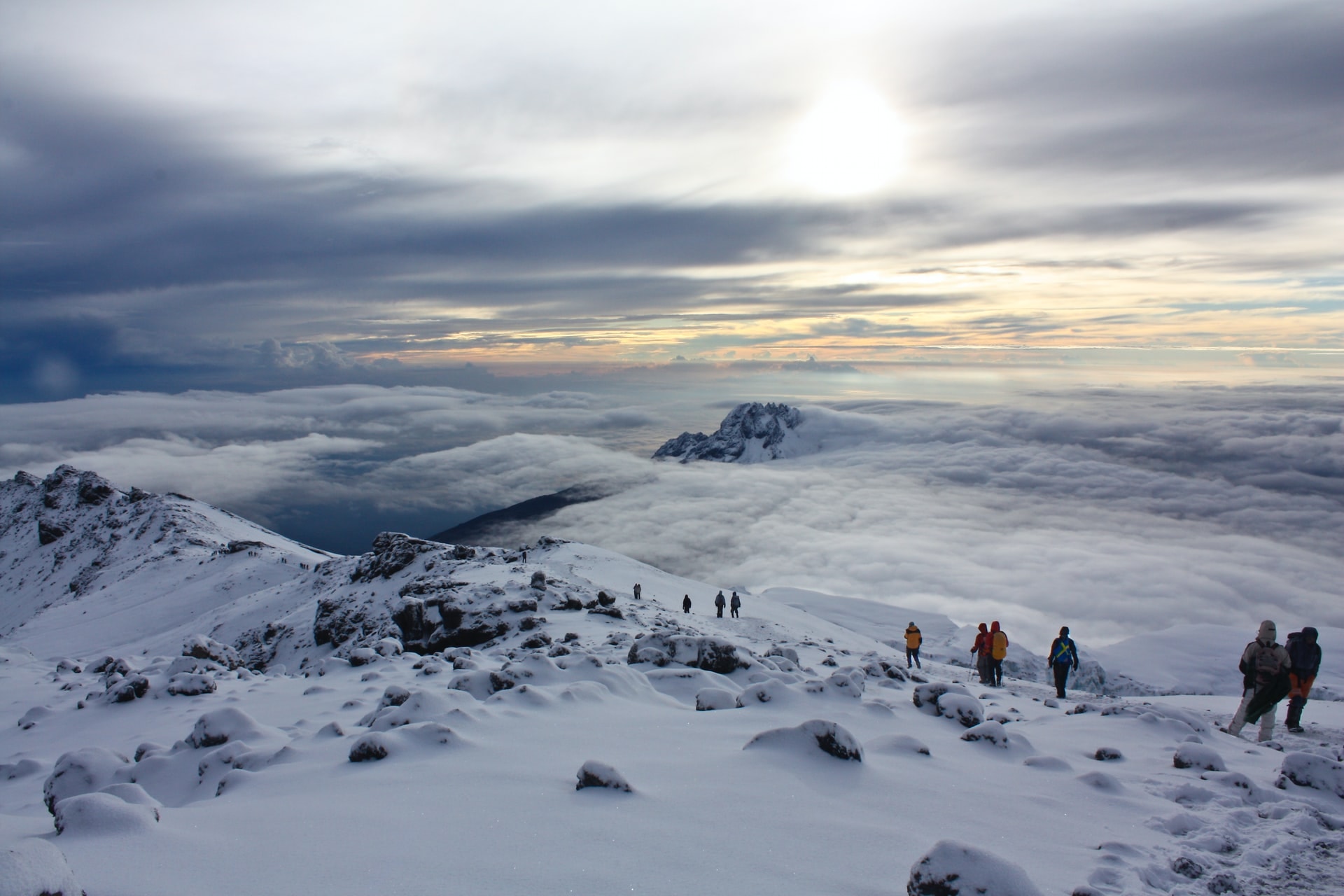
Now that you understand how routes affect the average summit success rate, the focus shifts to you.
A successful Kilimanjaro climb is a result of dedicated personal preparation. This preparation is foundational to achieving a high success rate.
Physical Preparation: Building the Fitness for Uhuru Peak
You don't need to be a professional athlete to climb Kilimanjaro, but a good level of physical fitness is critical. The trek involves long days facing significant physical demands.
Your training should focus on cardiovascular exercises. Engaging in strength training will prepare you for the high altitude trekking.
Go on long hikes, preferably with a weighted pack, to simulate the experience. This preparation is vital for reaching the summit of Mount Kilimanjaro.
Mental Preparation: The Key to Overcoming Physical Challenges
The journey to the summit of Mount Kilimanjaro is as much a mental game as it is a physical one. Mental preparation is a crucial component of Kilimanjaro success.
Mental strength is what will carry you through physical challenges. It's the ability to stay positive and keep moving forward.
Cultivating a resilient mindset before you climb Mount Kilimanjaro is essential for your success rate. Your mental strength will be key.
Gear and Equipment: Your Toolkit for Reaching the Summit
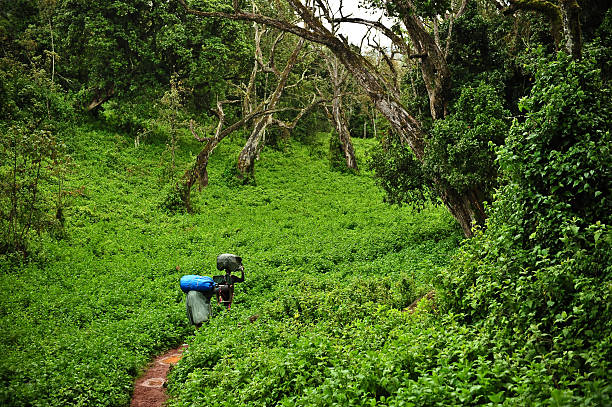
Porters carrying heavy loads along the Lemosho Route on the lower slopes of Kilimanjaro
Having proper gear is non-negotiable for safety and summit success.
Inadequate protection against the mountain's extreme weather conditions can end a summit attempt prematurely.
This directly impacts your success rate. Proper equipment is essential.
On the Mountain: Maximizing Your Chances
Once your Kilimanjaro climb begins, adhere strictly to the "climb high" and sleep low strategy.
Pace yourself slowly to help with altitude acclimatization. Proper hydration is also vital.
Finally, communicate openly with your guides; their expertise is your greatest asset in achieving a successful summit and maintaining a high success rate.
Answering Key Questions for Your Kilimanjaro Climb
Can an Average Person Climb Mount Kilimanjaro?
Yes, an average person can climb Mount Kilimanjaro. The trek is a test of endurance, not speed, and is a non-technical high altitude climb. The key to summit success is choosing a longer route and preparing your body and mind for the challenge.
Why is a Longer Itinerary Better for My Success Rate?
A longer itinerary means more time for your body to adapt to the high altitude. This process, proper acclimatization, is the most important factor in preventing altitude sickness and increasing your success rate. Choosing a 7, 8, or 9-day trek is the best decision you can make for reaching the summit of Mount Kilimanjaro.
What are the Real Risks of This Kilimanjaro Climb?
The primary risk is severe altitude sickness. This is why listening to park authorities and your guides is crucial. The weather conditions on the world's highest free-standing mountain can also be harsh. Fatalities are very rare and are significantly minimized by choosing a reputable tour operator. The Kilimanjaro National Park works to keep climbers safe.
Conclusion: Your Path to Kilimanjaro Success
Achieving Kilimanjaro success and standing on Uhuru Peak is an achievable dream. Your journey begins with understanding the factors that create a high summit success rate.
By choosing a longer route, selecting a high-quality tour operator, and dedicating yourself to preparation, you maximize your personal success rate.
To climb Kilimanjaro is to embark on a life-changing adventure on this highest free-standing mountain. With informed planning, you can conquer the Kilimanjaro summit.
